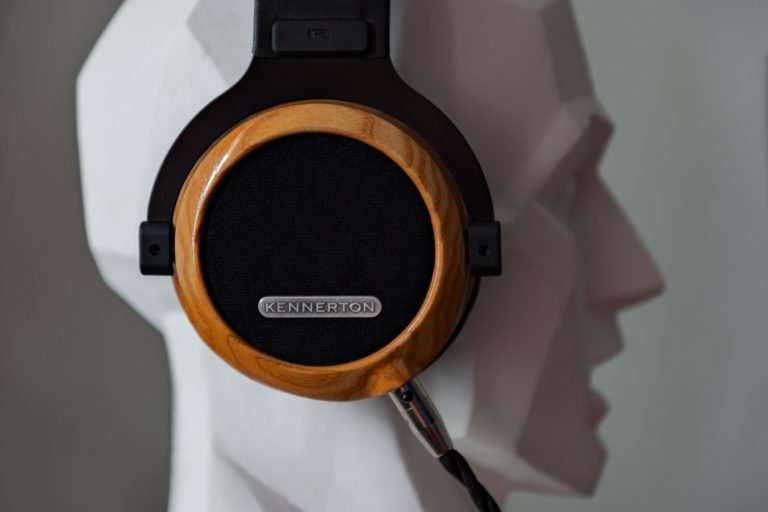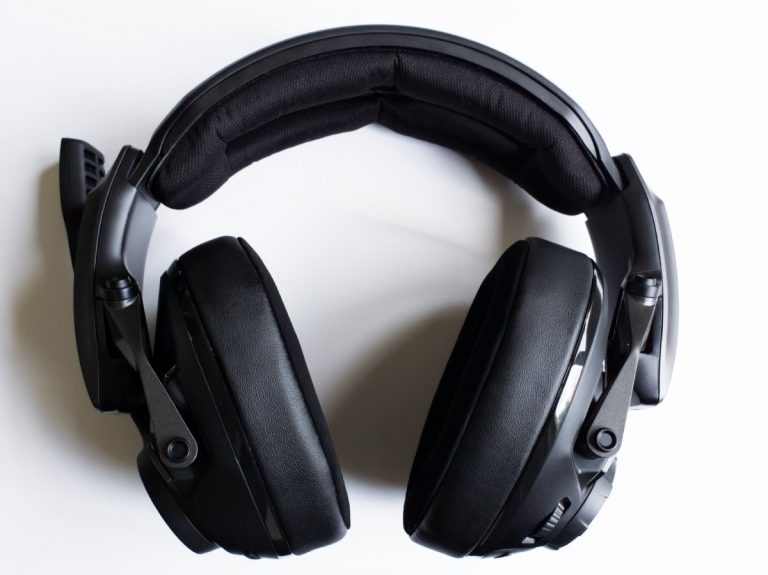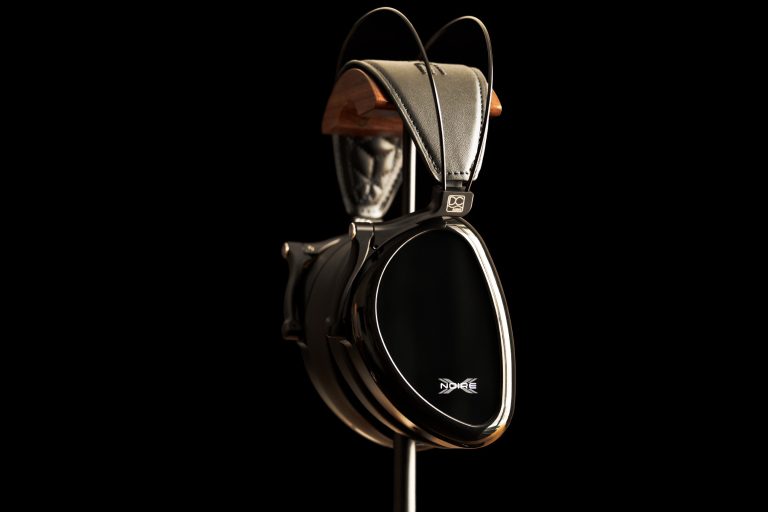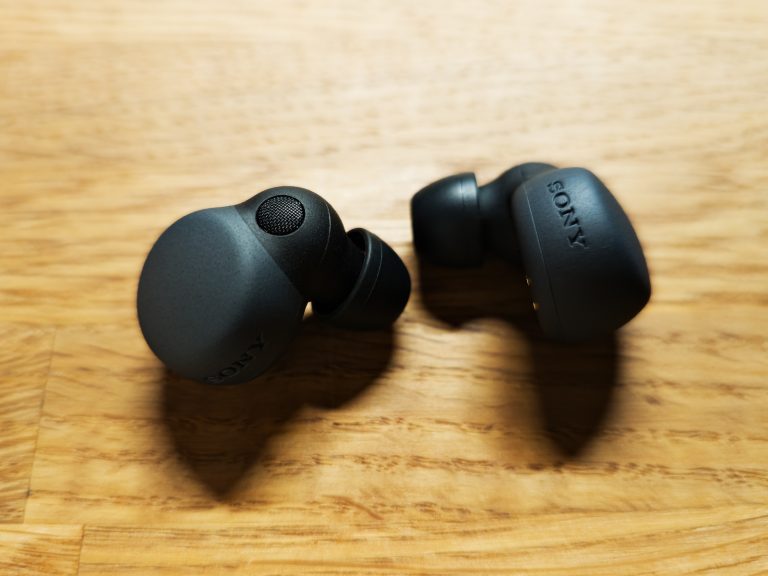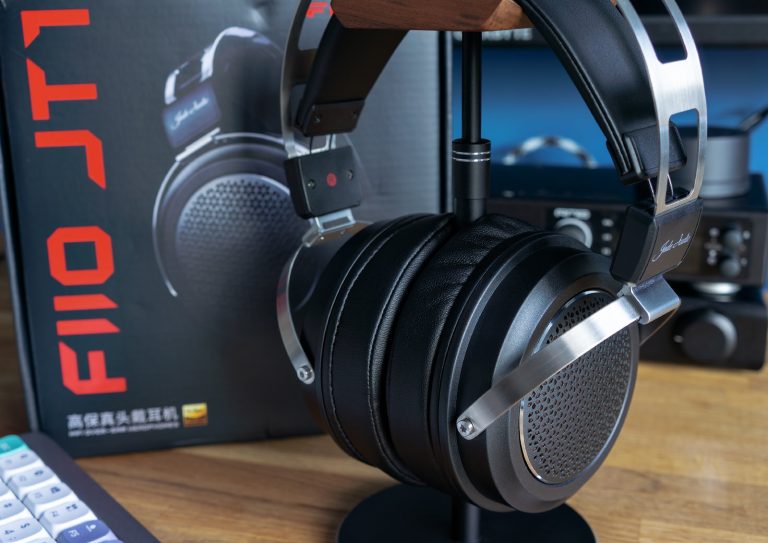Kennerton Heartland Dynamic review. The other side of the same coin
Russian version of the article.
As you guys may remember, I was absolutely charmed by the planar Kennerton Heartland headphones. That is, when their dynamic brother (sister?) version was announced, I got really excited. Because, you know, is it even possible to craft something better than the Heartland? But the Kennerton crew is as unpredictable and ambitious as ever.
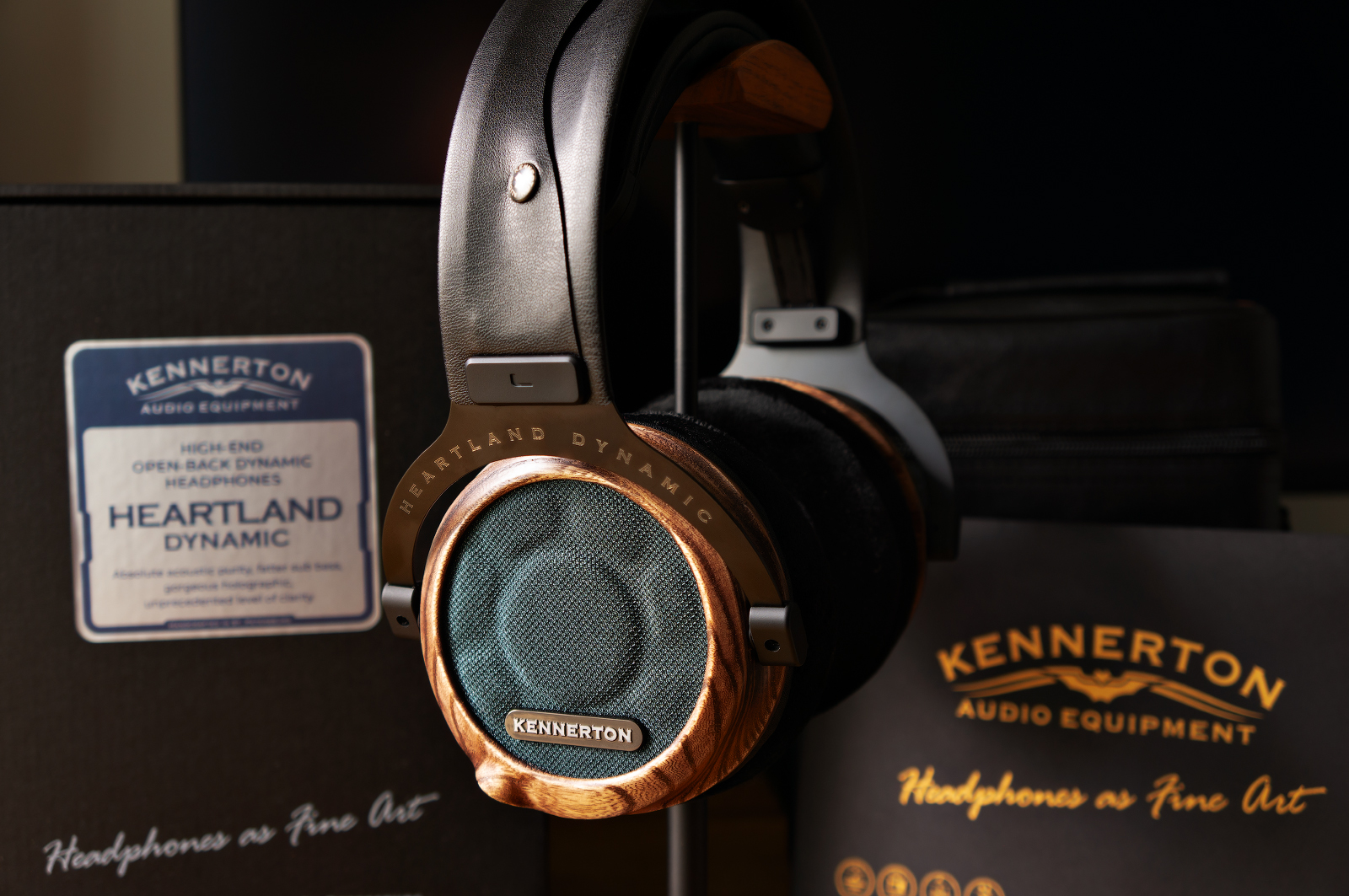
So, are the Heartland Dynamic (hereinafter — KHD) a success? How do they perform? Keep reading, we’re here today to dissect the thing.
What’s included
I rarely have the complete headphones set for a review, but the stars aligned, so here we are. And the set is a pleasant surprise! Both in terms of the item list and the presentation.
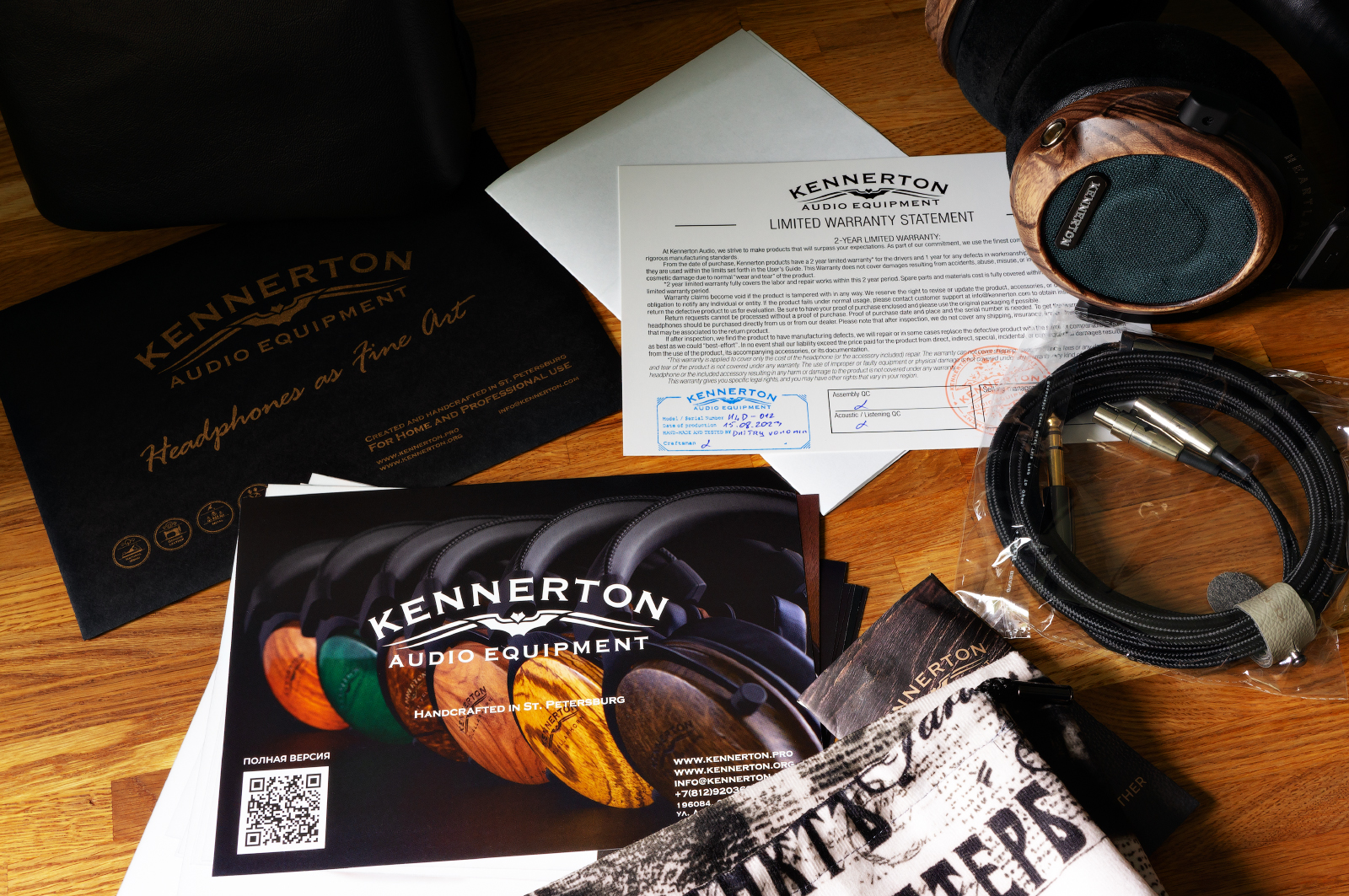
So, what’s in the box besides the headphones themselves?
- A faux leather bag to carry your precious – with a shoulder strap and cable compartment
- A 2-meter cable with a 6.3 jack connector, ‘reasonably pliant’
- A soft extra bag with Saint-Petersburg branding
- A Kennerton headphones catalog as separate fashionable postcards
- A warranty sheet indicating a quality assurance engineer
- A frequency response sheet
- A nice wood- and leather-scented sachet
Everything looks really luxe and translates the manufacturer’s pride of their product.
Design, assembly, technology
Since May 2023, the company doesn’t varnish the earcups anymore, but oils them. The headphones did look good, indeed, but now they’re, like, splendid.
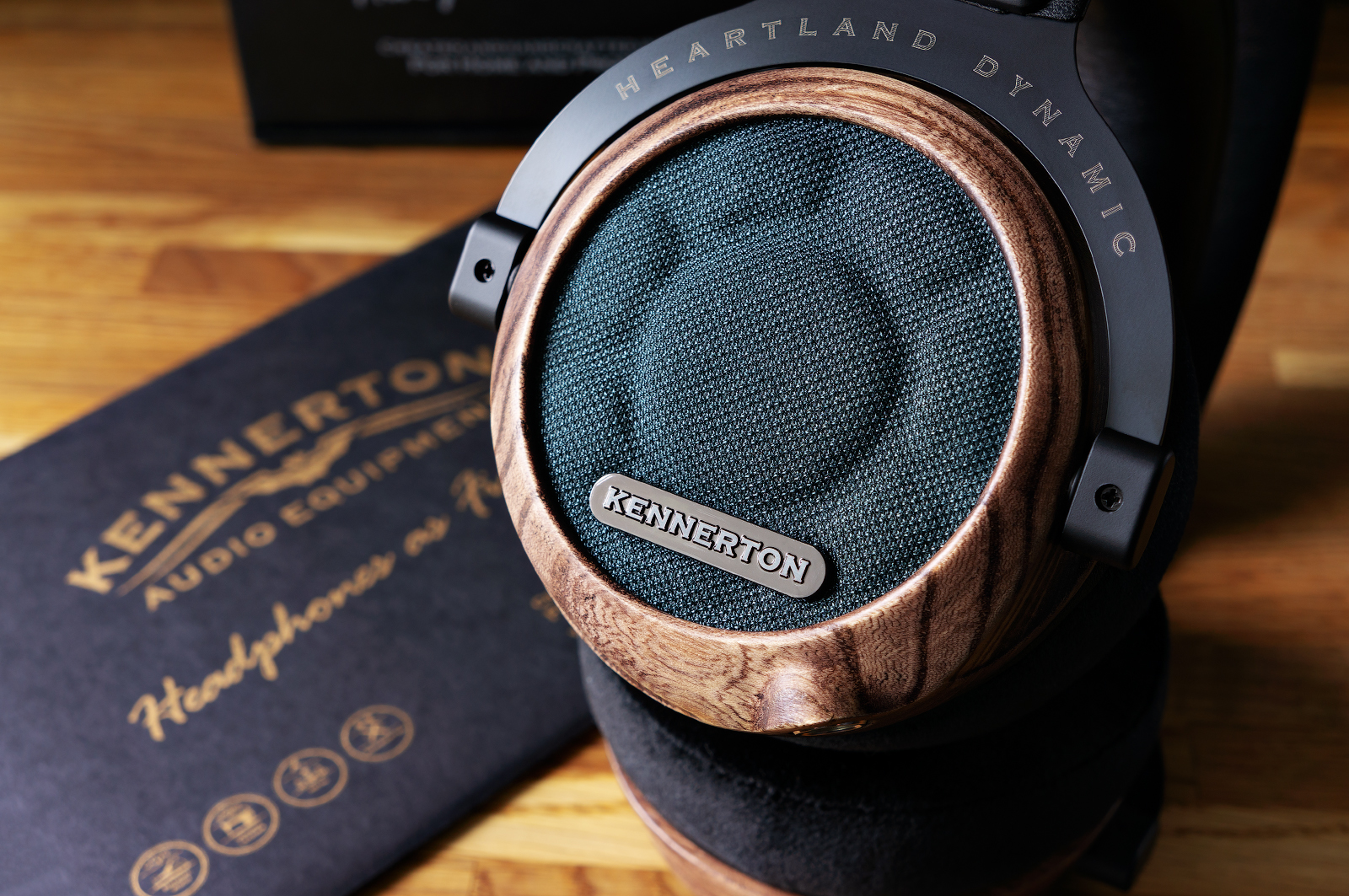
The KHD are very easy to visually to tell from other models: they have that embossing on the outer surface of the earcup. This surface is textile with a soft lining. I think it might affects the frequency response in a certain way. The cable inputs are angled; these are the standard miniXLR connectors.
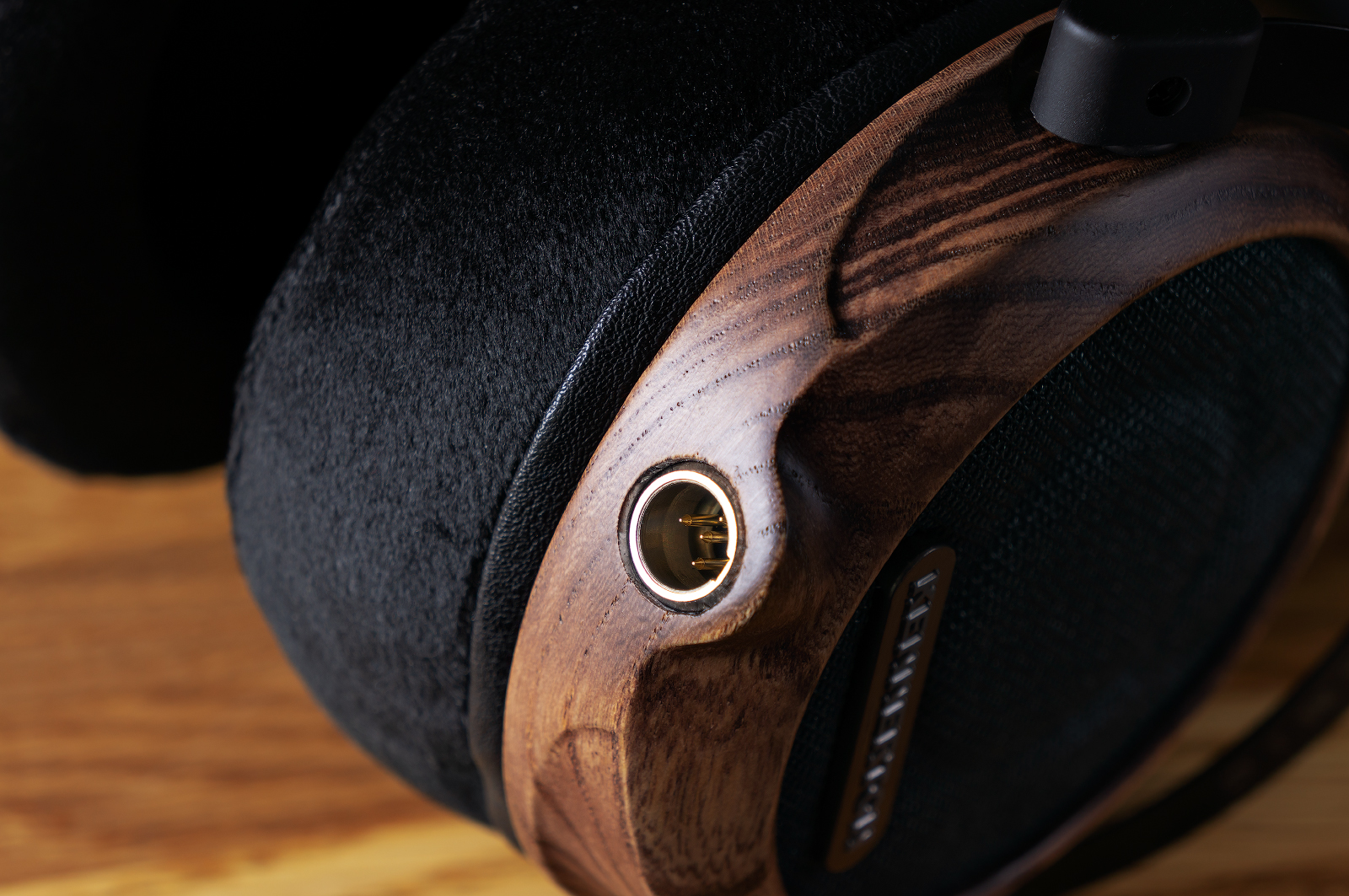
The headband is self-adjusting, like in any other Kennerton headphone model.
Remember the leather earpads? Gone. Welcome the velour ones. The earpads themselves are deep, beveled, densely stuffed: the basic comfort is here, but don’t expect any outstanding qualities. They do their job tho, and it takes only a couple of shifts to fit them to your skull properly and tight enough. No draughts allowed. I could probably try and bend the headband like a headbandbender that I usually am, just to maximize the earcup pressure, but I thought it wouldn’t be nice to alter the test instance I didn’t buy.
The main thing about the KHD is a completely redesigned dynamic driver with biocellulose as a working material. Such a driver is specially manufactured for Kennerton by order and is currently used only in one model. This model. Its main advantage is its incredibly soft suspension. I’ve had a pleasant palpation session with this speaker in the manufacturer’s office, and indeed, the membrane moves from the slightest breeze. Ever seen Focal drivers (especially in Stellia or Utopia)? That’s roughly the same idea as in the Kennerton’s latest chef d’oeuvre.
Quick specifications overview
- Design: over-ear, open-back.
- Driver type: dynamic, 80-mm membrane diameter.
- Impedance: 285 Ohms.
- Sensitivity: 105 dB/mW.
- Weight: 510 g without cable.
That is, considering these weighing as much as a freaking harvester, they don’t press too much on your head. It’s probably subjective, since I’m already used to my weighty Focal Utopia and Audeze Maxwell that I own, and somebody unaccustomed to heavy weights could be a little confused. The good thing is – you’ll probably pump your neck muscles in no time. No sound insulation of any kind or degree: these are just completely acoustically transparent headphones.
Subjective sound impression
The following hardware items were used for testing.
- RME ADI-2 DAC (unbalanced connection)
- RME ADI-2 DAC + Topping A90 (unbalanced/balanced connection)
- Hiby R5 (unbalanced/balanced connection)
The total listening time was about 40 hours.
As for the undoubted technical advantages, I’d mention their ‘fast’ and strong subbass doing pretty good without any powerful amplifiers for control. These headphones deliver one of the best lower frequencies processing that I’ve ever heard in dynamic headphones. They never hum, and there are no shifts to the lower frequencies section. The sound is so complete, saturated and impactive I can’t even find any suitable description for the impression. Except for ‘complete, saturated and impactive’. You just try listening to my beloved KOMPROMAT! Their ‘Niemand’ track sounds like a gift from above. That’s what I think the artists thought of as a bit – and the KHD deliver it in full! Another track to test with would be the ‘Sega Sunset by Lorn: this is a pretty complex, somewhat difficult track to play; it’s based on a dominant textural subbass, and the KHD do it just brilliantly.
The mid-range is clear and detailed, though it’s noticeably and evenly muted. Up to the 1000 Hz point, the sound seems linear, but judging by the way any male voices and other instruments with a pronounced base mid-range sound, the frequency response is reduced in the 1000 to 2000 Hz section relative to a certain conditional norm. The largest deviation lays around the 1500 Hz. However, the KHD still sound complex and effective around there: the music gets somewhat specifically interpreted, but the main idea remains, that’s for sure. As for the upper range section, everything is just fine – the sound delivery is bold and impressive, transparent and detailed. Maybe just a little bit sharp.
Well, it all gets even more curious as we proceed to the higher frequencies, because the KHD clearly highlight the upper frequency range, but in such an elegant, tasteful manner that you just don’t have any guts to find fault: the sound intakes some alien hues, but it turns out so convincingly, damn it! Everything sounds so light, airy, ample, there are tons of tiny details and hues here and there… to the extent you’d probably catch yourself being a bit tired of all that musical information. A some sort of infobesity awaits, my dear friends, but isn’t it marvelous that the KHD can extract so many of itty-bitty things out of the upper frequency range, huh? I’d rather be overloaded than underloaded.
The virtual sound stage turns out to be very wide even for open-type headphones. Wide sound stage… but shallow. I was surprised by the effect when listening to tracks specifically based on such spatial effects. Like, for example, the ‘Silent Opera’ by Long Arm, ‘Related’ by Olivier Orland, etc. You can literally ‘see’ where that violin or piano or balalaika are on that stage!
Challenge me to describe the KHD sound delivery using two words, and these words would be ‘festive’ and ‘detailed. There are no bloated basses or sandy-rustling upper-range: the headphones give any track that gala flavor while remaining extremely detailed and (oh lord) true to the artist’s idea! The tracks finally get that space they deserve, they’re clear, expressive and dynamic, for fox’s sake!
And it’s AMAZING!
Amplification and balanced connection
The best configuration I was able to compile using the hardware I already own was with the ADI-2 DAC fs as a DAC, the Topping A90 as an amplifier, and some High amplification. By the way, the ADI-2 DAC fs digital filter was set to the NOS position. That’s the setup allowing the KHD sound acquires the incredible dynamics; the dip in the upper-frequency section due to the NOS filter looks (and feels) perfectly appropriate.
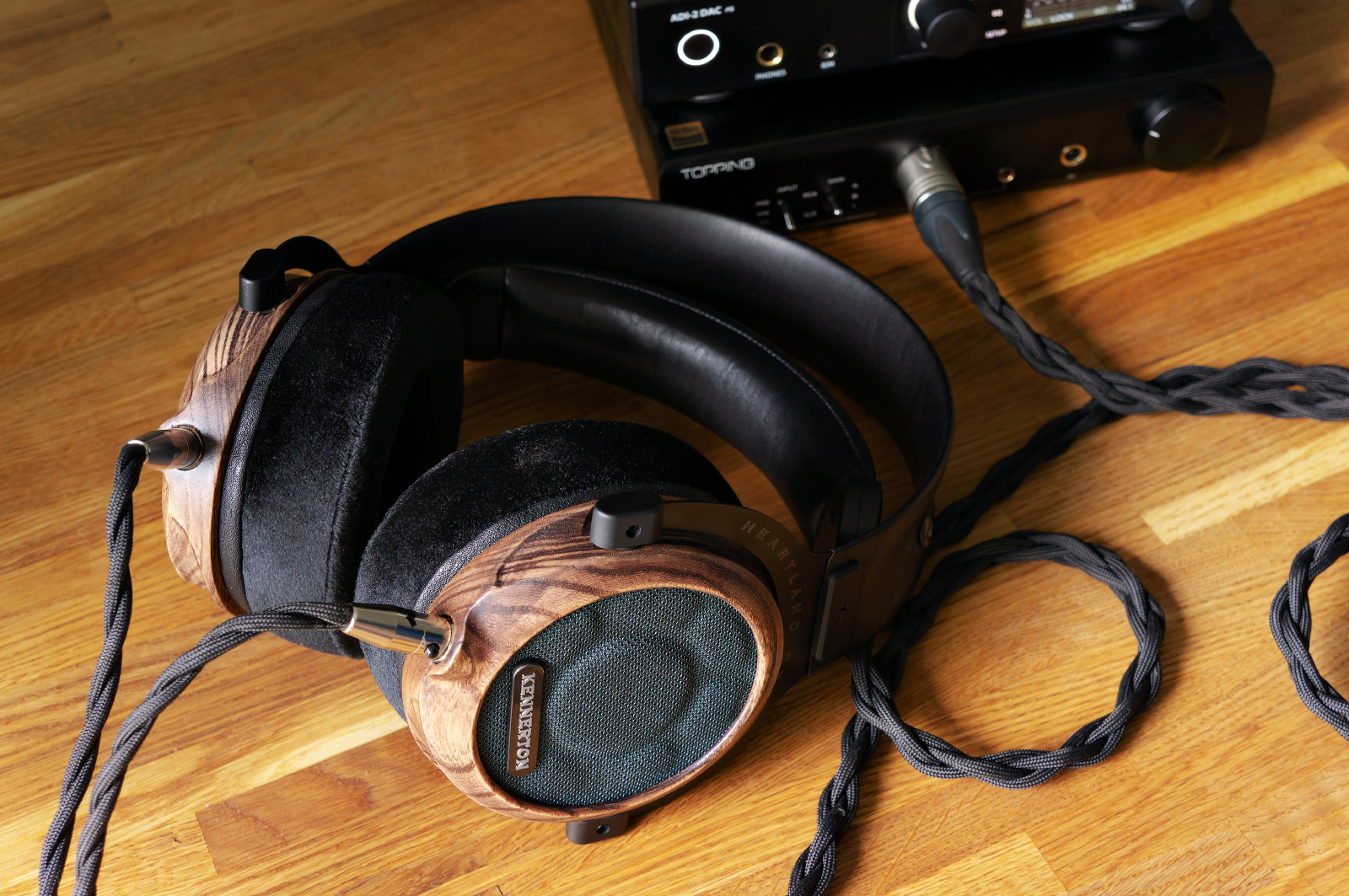
Frequency response measurements
To make measurements, the headphones were connected to the RME ADI-2 DAC in ‘High power’ mode. The measurements were made using a rig conforming to the IEC60318-4 standard – with an auricle and auditory canal simulator. For each of the earcups the measurements were made until 5 consistent measurements were obtained for the left and the right channels; any deviant measurements were excluded. The smoothing is indicated on the graphs. I’ve described the limitations of the rig and the headphones measurements in general in this article.
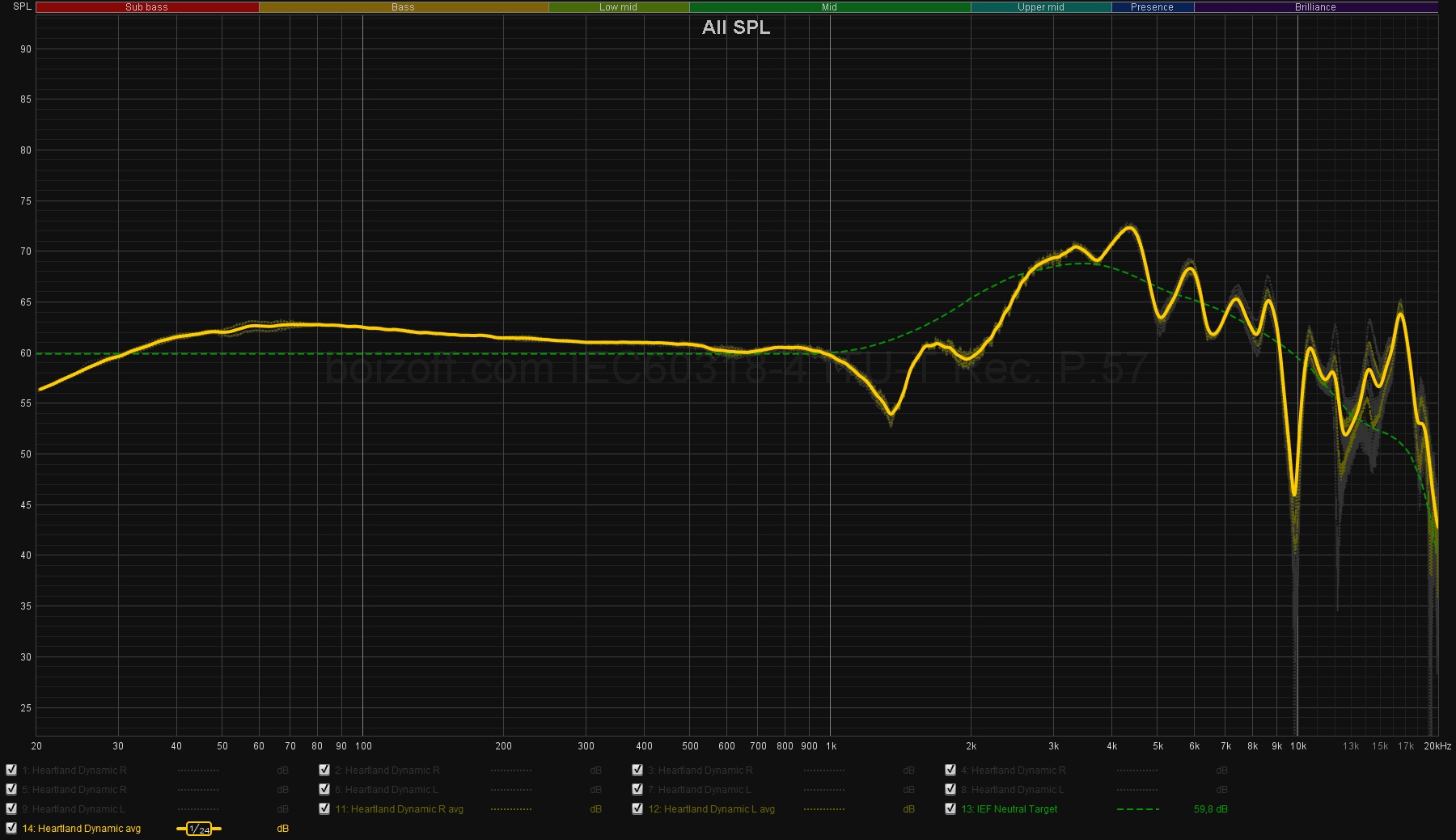
First of all! The left and right channels are so extremely well balanced! You just believe me: I’ve measured about a hundred headphone models, and this is the result we, the humble experts, call ‘Shut the hell up’. This can’t be true!
There’s a phenomenally flat linear response up to 1000 kHz with a slight dip at ultra-low frequencies, which is also a fairytale for most of the dynamic headphones. The 1000 to 1300 Hz section is kinda reduced, that’s for sure.
And now to the part where I actually doubt my rig’s measurements. I think that this is exactly the case when the rig captures wrong measurements in the upper-frequency section. And this is quite normal, any hardware has its limitations (go find that link above). If the headphones really sounded as the measurements show it, I don’t believe it would be even possible to use the model.
Heartland: planar vs dynamic
The dynamic and planar Heartland versions are just two completely different models – they sound differently in every aspect. The only thing these have in common, is the model name. Did you expect the KHD to deliver some luxurious, careful sound? Nah, forget it. And get ready to a fiesta, to a wild rave, to a savage drive!
The planar version is about a slightly darker, but still mid-frequency section. This is a very comfortable sound, very precise and balanced, it’s serious. For an average user, it’ll probably take some time to feel the catch and eventually fall in love with such a reserved delivery manner.
The dynamic Heartland literally jump on you and force you to immerse yourself into the world of somewhat rough dynamics, accentuated details and musical information. These will force you to find interesting nuances in every track. Compared to the planar version, the dynamic one processes the upper-frequency section much more clearly without that planar emphasis on the mid-range – it’s smoother. At the same time, the planar Heartland are closer to neutral tuning and don’t color the tracks too much.
Summary
The Kennerton produced a second pair of headphones I really liked. These are completely different from their planar counterpart of the same name in terms of sound delivery, and given that, the models complement each other perfectly. Should you ask me to recommend one of the two, I’d say ‘Buy both’ – they’re really, really different.
These headphones have a rich and… somewhat ‘hearty’ configuration, they’re superbly made and look great, too. They also sport an amazing sound, almost unique among dynamic drivers. They don’t look like any other Kennerton model, and I can’t remember of any other manufacturer to produce any similar sound signature. Can’t leave y’all without a word of disapproval, tho! The earpads could be a little softer, a little more comfortable. And I’m done with disapproval. All in all, go get them, try them, enjoy them!
Oh Kennerton, you have my heart!

